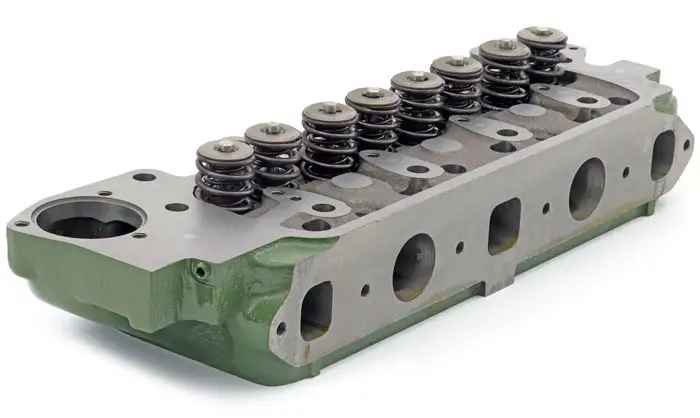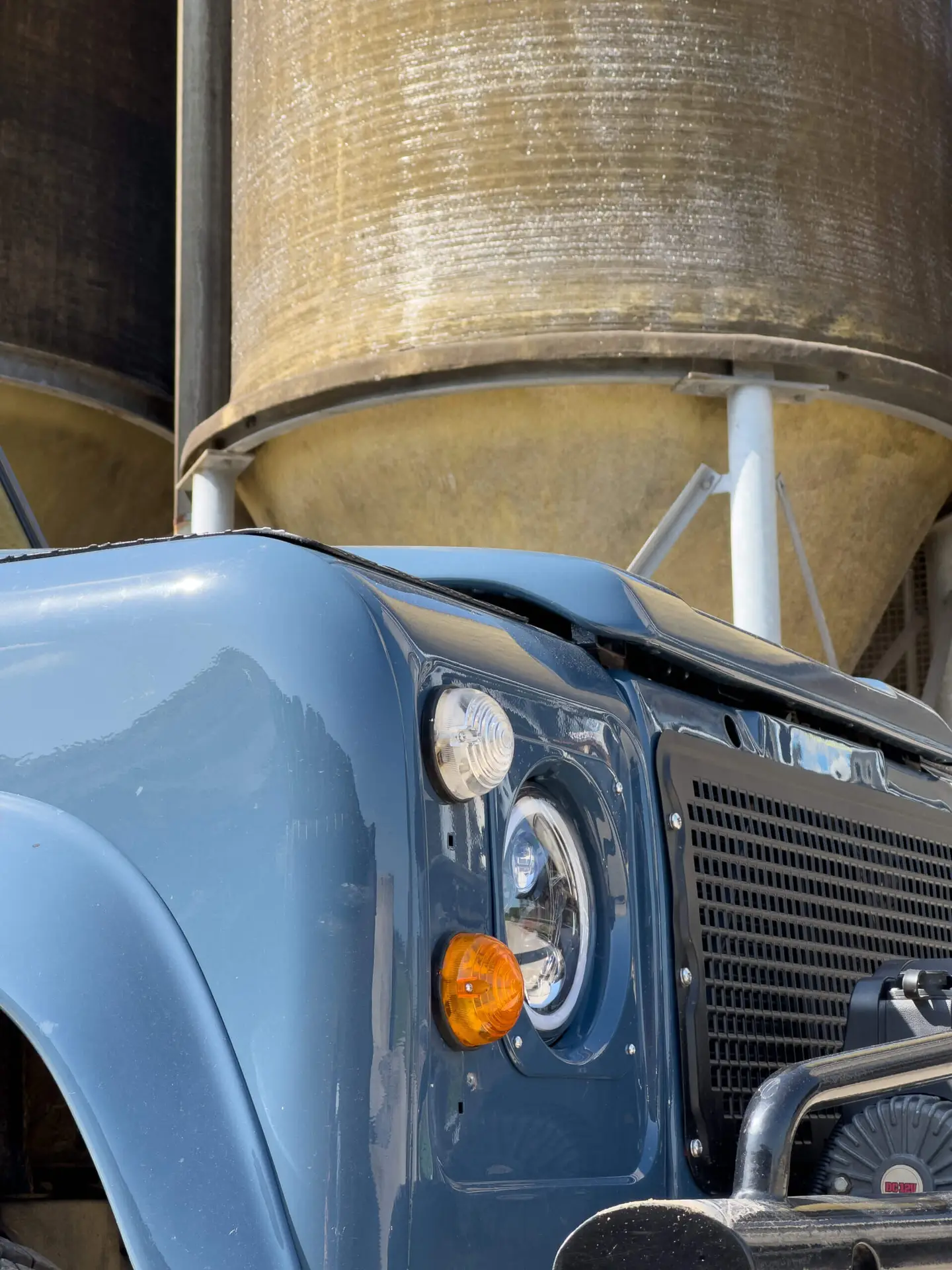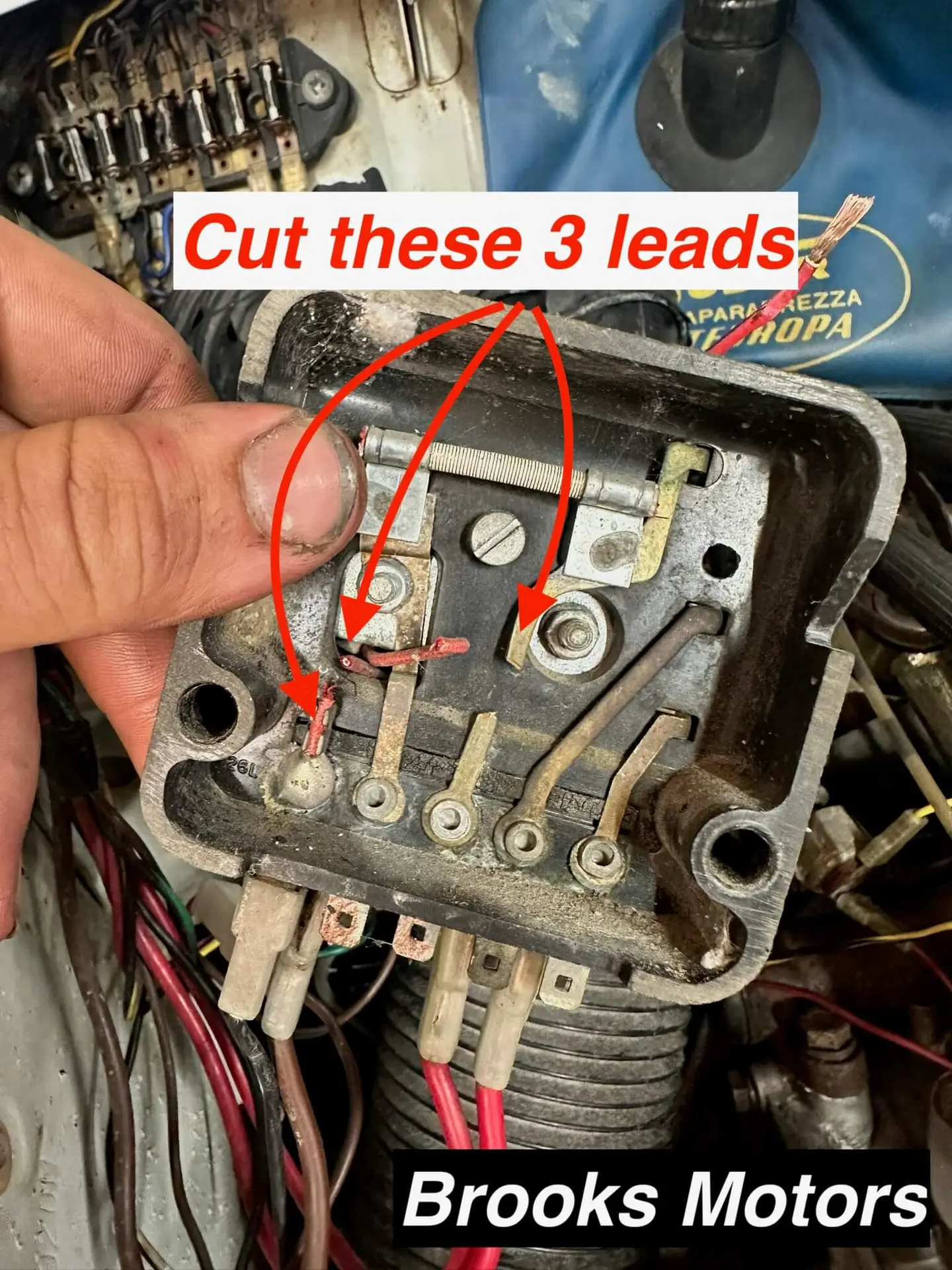The SU carburetor
and no, it’s not only setting the fueling screw right… the order of arrangement in

The classic Mini Cooper holds a legendary status in motorsport, and its presence at the Goodwood Revival showcases not just its historic significance but also the incredible engineering behind these cars. Competing in the same category as larger and more powerful machines like AC Cobras and Jaguar Mk2s, the Minis rely on clever tuning and mechanical finesse to hold their ground. This article focuses on the technical side of these cars, particularly the engines that make them competitive under strict FIA Appendix K regulations.
What Makes a Mini at Goodwood Special?
Racing Minis at Goodwood adhere to FIA rules designed to preserve their authenticity. These rules ensure that the cars remain as close as possible to their original factory specifications, with very limited room for modifications. Key technical highlights include:
• Bodywork: The original shape, dimensions, and materials of the body must be retained. No flared arches or significant weight reductions are allowed. Only minor reinforcements are permitted for safety, but these must not interfere with the car’s period-correct appearance.
• Suspension: The design must match the original specifications, although because of rarity changes from wet to rubber cone suspension systems are allowed. Modern components like adjustable shock absorbers can be used, but only if they fit within the original setup and dimensions.
• Weight: The Mini’s lightweight construction is a natural advantage, with racing versions typically weighing around 650–680 kg, depending on the configuration and safety additions.
Engine Specifications and Permissible Modifications
• Displacement: While the original Mini Cooper S featured a 1,275cc engine, FIA regulations permit a slight overbore, allowing displacement to increase up to 1,293cc. This modification enhances power output while adhering to historical accuracy.
• Cylinder Heads: Due to the scarcity of original cylinder heads, specialists like Swiftune have undertaken the recasting of these components. This approach ensures a consistent supply of high-quality heads that meet both performance standards and regulatory requirements.
• Carburetion: The prevalent setup includes twin SU H4 carburetors, each with a 1.5-inch (38mm) throat. These carburetors often are fitted with fine-tuned needles to match the specific characteristics of each engine, optimizing fuel delivery and performance.
• Camshafts: The choice of camshaft significantly influences engine behavior. Race engines tend to have cams that don’t suit road cars as they only work in higher rpm’s
Transmission Enhancements
To handle the increased power output, the original helical gearboxes have been upgraded:
• Straight-Cut Gears: These gears are employed due to their superior strength and reduced axial load compared to helical gears. This design choice enhances durability and efficiency, especially under racing conditions.
Performance Metrics
• Power Output: A well-tuned 1,293cc engine can produce approximately 130 horsepower at 8,000 rpm, a significant increase from the original 1960s Cooper S engines, which delivered around 76 horsepower.
• Torque: These engines generate about 94 to 100 lb-ft of torque at 3,500 rpm, providing strong mid-range performance essential for competitive racing.
• Wheel Horsepower: Considering drivetrain losses, the power delivered to the wheels is estimated to be around 110 horsepower, though exact figures can vary based on specific build configurations.
Comparative Analysis with 1960s Specifications
The advancements in engine technology and materials have nearly doubled the Mini’s power output compared to its original specifications. This enhancement, combined with meticulous tuning and modern engineering practices, allows the classic Mini to remain competitive in historic racing events, embodying a blend of heritage and performance.
1. Swiftune Engineering – Mini Race Engines
and no, it’s not only setting the fueling screw right… the order of arrangement in

This table provides detailed specifications to identify various Mini accelaration performance, including what kind of

Welcome to this guide on the 2.8 GTV engine parts. While many parts are shared

Converting a Lucas RB106 Voltage Regulator to an Alternator Dummy Box The Lucas RB106 control
00 316 38 37 66 91
[email protected]
Broekseweg 100, 4231VH
Meerkerk, The Netherlands
KvK: NL81356773
BTW: NL862055489B01